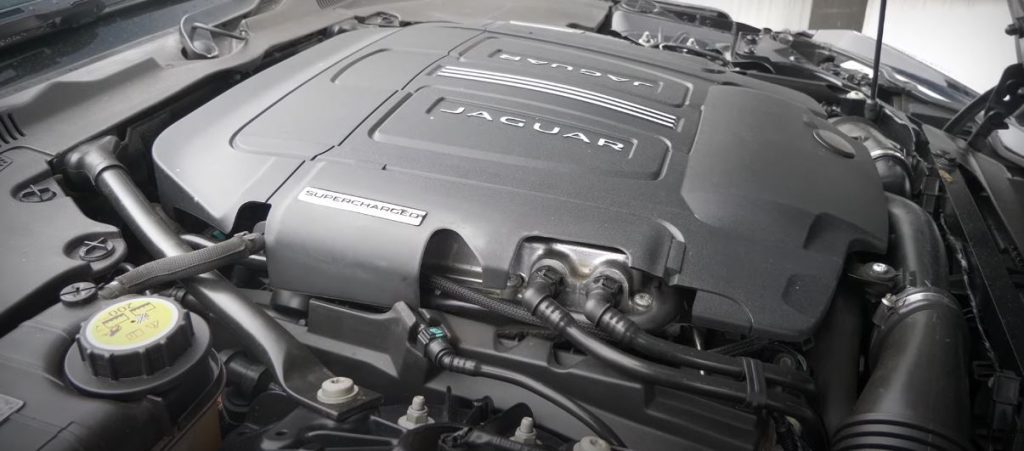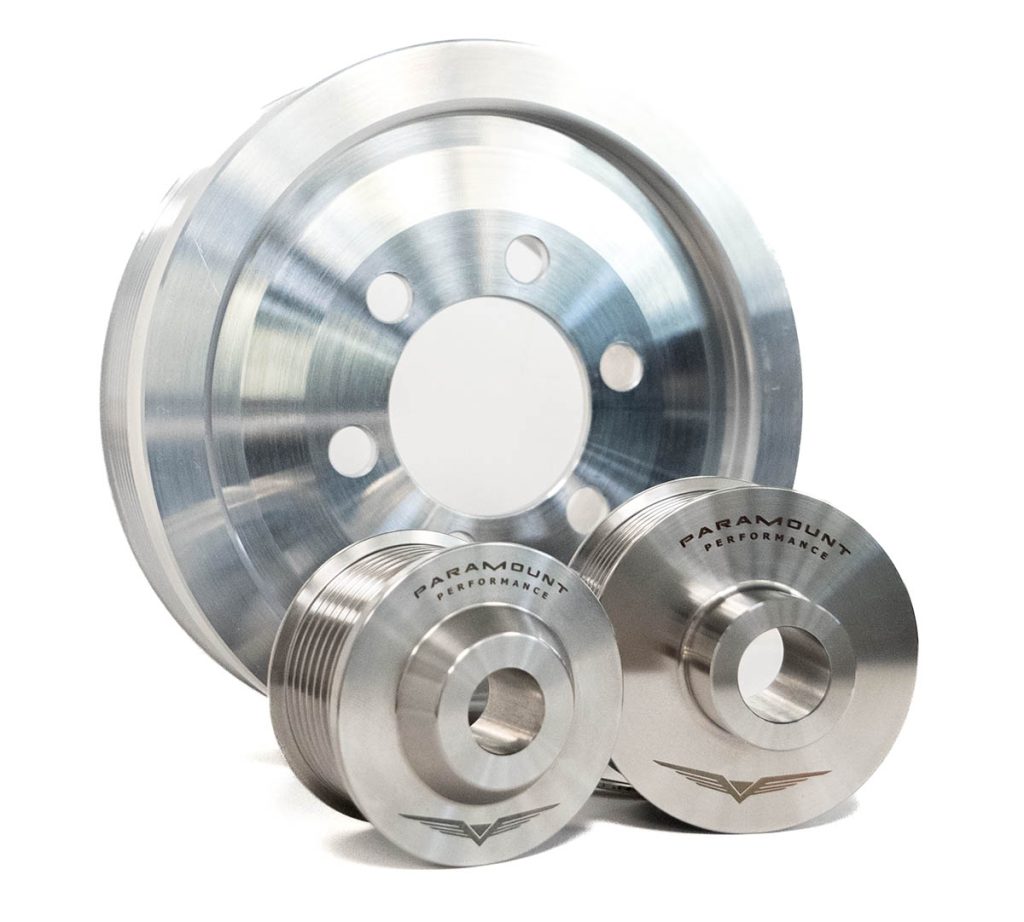Performance, Maintenance, and Upgrades
If you’re a Jaguar Land Rover enthusiast or simply a car lover interested in enhancing vehicle performance, understanding your supercharger is massively beneficial. Superchargers are integral to these vehicles, contributing significantly to their power and the overall driving experience. In this detailed guide, we’ll explore how superchargers work, common issues they encounter, and how you can boost your vehicle’s performance through proper maintenance and strategic upgrades. Paul from VIEZU Technologies, with over 35 years of experience in the automotive industry, provides valuable insights that we’ll dive into below.
What is a Supercharger and How Does It Work?
A supercharger is essentially a high-performance air pump attached to the engine. Its primary purpose is to force more air into the engine’s combustion chamber than it would normally inhale through natural aspiration. The more air you can mix with fuel in an engine, the more power you can generate. Superchargers achieve this by compressing the air before it enters the engine, allowing for a denser air charge.
Jaguar Land Rover vehicles often use Eaton superchargers, a brand renowned for reliability and efficiency. These superchargers are mechanically driven by a belt connected to the engine’s crankshaft, meaning they are always engaged when the engine is running. This provides immediate power delivery, unlike turbochargers, which rely on exhaust gases and can have a lag in response.
The mechanics of a supercharger involve a pair of meshing lobes that rotate at high speeds, up to 17,000 RPM in some cases. These lobes fold air between them and compress it, which is then forced into the engine’s intake manifold. The result is a significant increase in the amount of oxygen available for combustion, which in turn leads to more power.
Common Issues with Jaguar Land Rover Superchargers

While superchargers are generally robust and designed to last, they aren’t immune to wear and tear. Two primary issues can arise, both of which are related to the bearings:
1. Snout Coupler / Bearings
The snout of the supercharger is the section where the drive pulley connects. Over time, the bearings and coupler in this area can develop excess play. You might notice a knocking sound when the engine is shut off, which is a key indicator of worn snout coupler bearings. This noise occurs because the bearings no longer hold the components in place tightly, allowing for slight movements that produce the knocking sound.
If left unchecked, these bearings can deteriorate further, leading to more significant damage inside the supercharger. Fortunately, snout bearings are relatively inexpensive and can be replaced without too much hassle, though the supercharger must be removed from the vehicle. This process typically takes around six hours, but catching and fixing the problem early can save you from a much larger repair bill later on.
2. Main Bearings
The second common issue involves the main bearings located at the front of the supercharger. When these bearings begin to fail, they typically produce a rattling or grinding noise that becomes more pronounced as the engine warms up. This noise is a result of the bearings no longer spinning smoothly, which can lead to metal-on-metal contact within the supercharger.
If the main bearings are not replaced in time, they can break apart, causing fragments to enter the engine. This can lead to catastrophic engine failure, as these fragments can damage critical internal components. In addition to the risk of engine failure, worn bearings can also allow the supercharger’s rotors to rub against each other. This rotor-to-rotor contact can severely damage the supercharger, potentially rendering it beyond repair.
Maintenance and Oil Changes
Superchargers are typically sealed units that come pre-filled with oil designed to last the lifetime of the unit. However, as with any mechanical components, a regular Jaguar maintenance can help extend its life. For Jaguar Land Rover vehicles, it is often recommended to consider an oil change for the supercharger once the vehicle reaches 80,000 to 100,000 miles, especially if the supercharger is being removed for reconditioning or repair work.
Changing the oil in the supercharger can prevent excessive wear on the bearings and other internal components. Although Jaguar Land Rover does not officially include supercharger oil changes in their standard maintenance schedules, experienced professionals like those at VIEZU Technologies and Paramount Performance recommend this as a precautionary measure.
How to Increase Supercharger Performance

For those looking to boost their Jaguar or Land Rover’s performance, there are several modifications you can make to your supercharger. These modifications primarily involve altering the pulleys that drive the supercharger, thereby increasing its RPM and the amount of air it can push into the engine.
Crank Pulley Upgrade
One of the most effective ways to increase supercharger performance is by installing a larger crank pulley. The crank pulley drives the supercharger via a belt connected to the engine’s crankshaft. By increasing the size of this pulley, you effectively increase the gear ratio, allowing the supercharger to spin faster. For example, while a stock setup might spin the supercharger at 14,000 RPM, upgrading the crank pulley can push this to 17,000 or even 18,000 RPM.
This increase in RPM results in more air being forced into the engine, which in turn produces more power. The factory setup often leaves a significant margin below the supercharger’s maximum rated RPM, meaning there’s a lot of untapped potential that can be unlocked with a relatively simple pulley swap.
Supercharger Pulley Upgrade
Another modification involves the supercharger pulley itself. By replacing the stock pulley with a slightly smaller one, you can increase the speed at which the supercharger spins, similar to the effect of upgrading the crank pulley. A smaller supercharger pulley increases the rotation speed, further boosting the air pressure and volume delivered to the engine.
Dual Pulley Upgrade
For those seeking maximum performance gains, combining a larger crank pulley with a smaller upper pulley is the ultimate upgrade. This dual pulley setup can push the supercharger to its safe operating limit, maximizing boost pressure and delivering up to significantly more power. It’s important to note that while these modifications are well within the manufacturer’s tolerances, they do push the supercharger closer to its upper limits, so proper tuning and remapping are essential. But the upgrade is still extremely safe. Paramount Performance and VIEZU Technologies have been providing this upgrade reliably, with excellent results for many years.
The world renowned Jaguar F-Type Predator and Predator II upgrade packages utilise an upper pulley and crank pulley upgrade along with a VIEZU performance tune, and other upgrades to extract their incredible power and torque figures. Paramount Performance provide the high quality mechanical components, and VIEZU provide the software enhancements to maximise the potential of these upgrades. It’s a winning combination.
The Importance of Engine Remapping
When increasing the performance of your supercharger through pulley upgrades, it’s critical to ensure your engine’s ECU (Engine Control Unit) is properly calibrated to handle the increased airflow. Without a professional remap, the additional air introduced by the faster-spinning supercharger can overwhelm the stock fuel maps, at the very least meaning you won’t really benefit from your upgrades, or worse: leading to potential engine knock or damage.
Remapping adjusts the fuel delivery, ignition timing, and other critical parameters to ensure your engine can take full advantage of the increased airflow safely. It also helps to optimize performance, ensuring that you get the most power possible without compromising the longevity and durability of your engine.
Conclusion
Superchargers are an excellent way to increase the power and performance of your Jaguar or Land Rover. Understanding how superchargers work, recognising potential issues early, and knowing how to maintain and upgrade superchargers can significantly enhance your vehicle’s performance and reliability.
If you’re noticing unusual noises from your supercharger or are interested in performance upgrades, it’s vital to seek professional advice. At VIEZU Technologies and Paramount Performance we offer a range of services, from routine maintenance to our renowned performance upgrades. Whether you’re looking to maintain your supercharger or push your Jaguar Land Rover to new heights, our experienced team are here to help.
With superchargers, don’t let small issues turn into big problems. With the right care and upgrades, your supercharger can continue to deliver the power and performance that makes your driving experience a pleasure.
For more information, expert advice or to schedule a service, feel free to contact us.
You can view the video here: